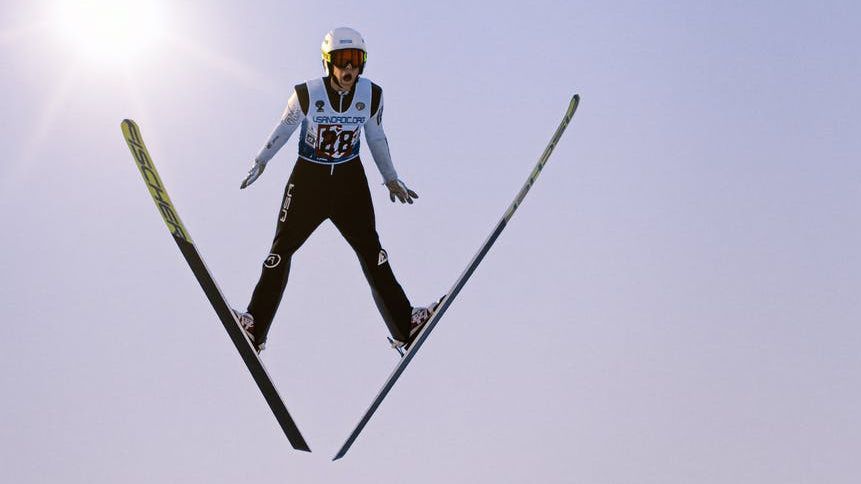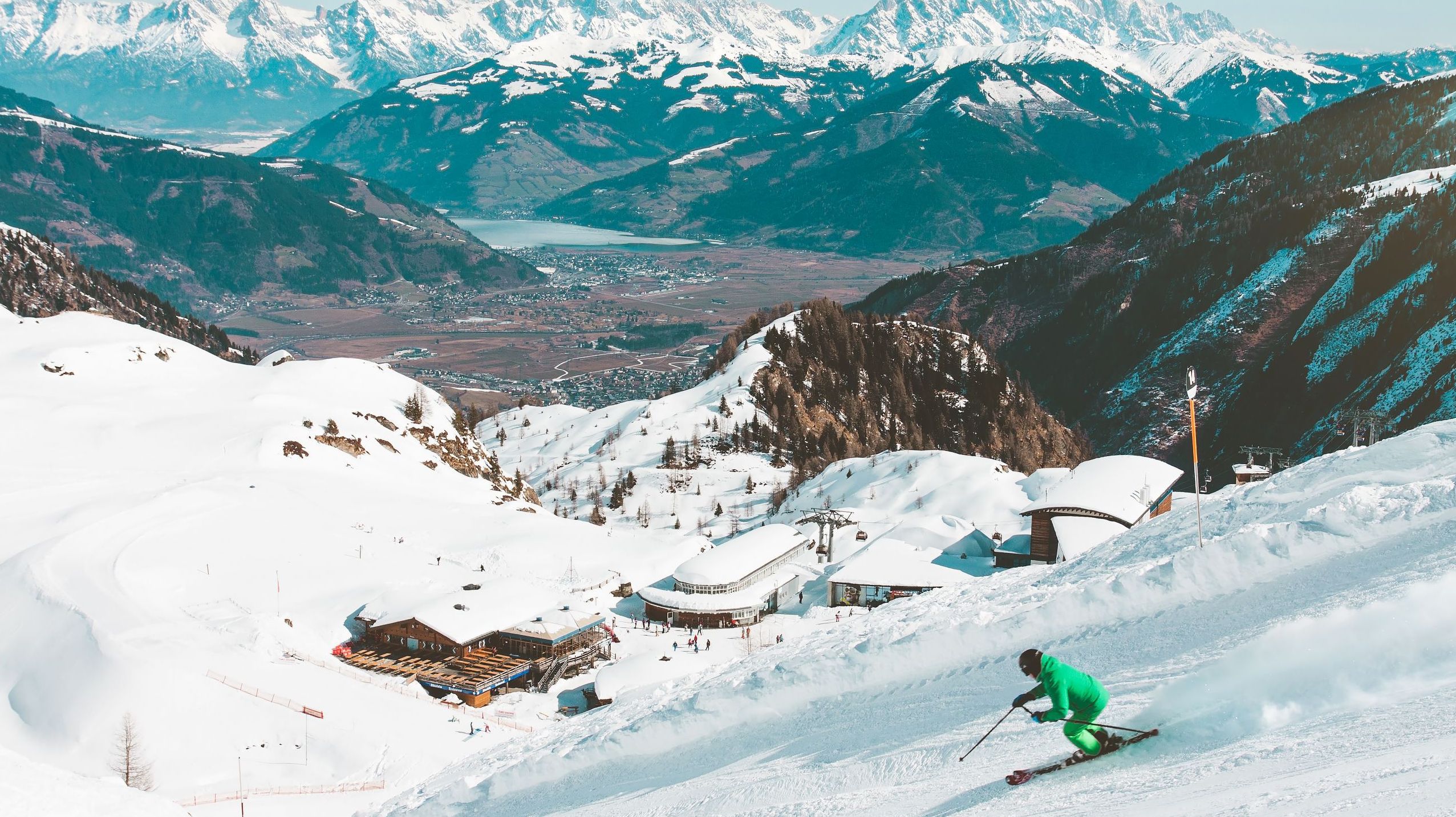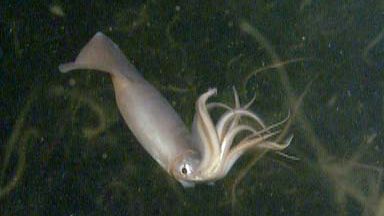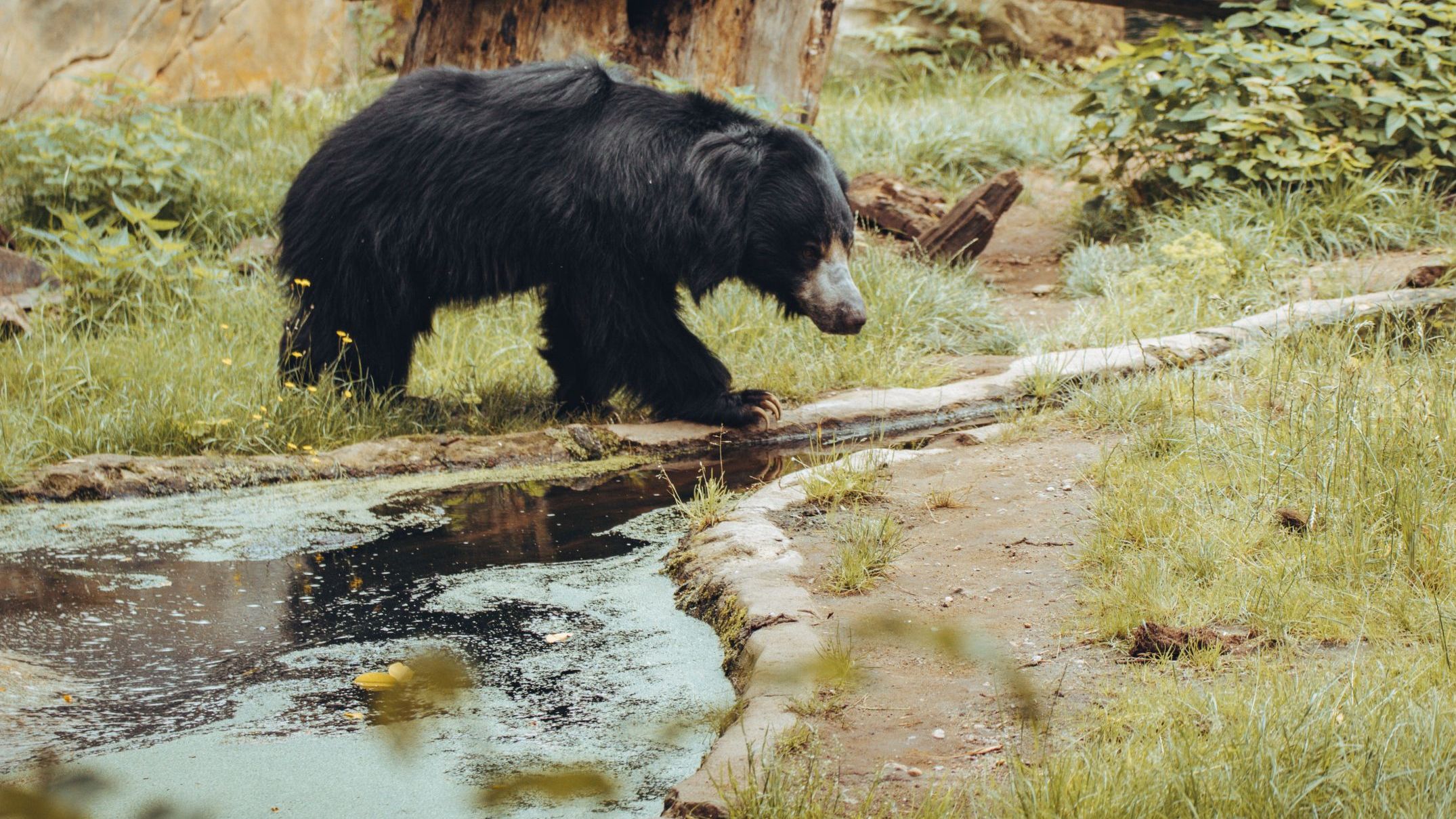
As the world’s elite athletes descend on Beijing for this winter’s Olympic and Paralympic Games, many of them are doing so literally. Mountain training centers from the Rockies to the Alps to the Pyrenees offer competitors far more than snowy slopes. Even summer Olympians train at high elevations, and in Australia – the world’s least mountainous continent – top athletes spend time in climate-controlled “altitude houses,” with an artificial atmosphere that mimics alpine air.
Elevation matters in sport because high-altitude air is thin. Each breath contains less oxygen, so the body compensates by producing more red blood cells and expanding capillary volume. These cardiovascular efficiencies persist for days or weeks after athletes return to lower landscapes, enhancing performance by boosting oxygen delivery to muscles. The difference is slight, but when races come down to hundredths of a second, every advantage counts.

The human body’s response to altitude is automatic – you don’t have to train like an Olympian to make it happen. We also respond unconsciously to heat and cold, altering things like sweat dilution and blood flow to the skin. And then there are behaviors that help us to adapt and acclimatize, from seeking shade or shelter to wearing clothes that suit the weather. Biologists call this kind of built-in flexibility “plasticity.” Most plastic responses in nature amount to these kinds of temporary, reversible adjustments, but in some cases the change is more fundamental.
When Humboldt squid disappeared from fishing grounds in Mexico’s Gulf of California, people blamed rising water temperatures – many marine species are shifting their ranges as climate change heats the ocean. But the squid hadn’t gone anywhere. Instead, they responded to warmer conditions with an extreme form of plasticity that utterly altered their lifestyle. They matured and reproduced in half the time. They ate different prey, and they lived only half as long. As a result, their new adult bodies reached only a fraction of their former size. Squid that once reached as long as five feet, were now fully mature at one foot or less – too small to bite on the jigs previously used to catch them. Fishers had been dismissing the few they could hook as juveniles or another species altogether.

In an era of rapid change, plasticity allows a rapid response. Humboldt squid did not need generations to adapt to warmer water. That capacity was already hardwired into their DNA, and their bodies reacted, much like athletes moving to a different elevation. Some species accumulate plasticity incidentally, inheriting abilities developed by their ancestors during prior periods of change. Others adopt it as an evolutionary strategy, maximizing flexibility to better exploit multiple habitats. Either way, plastic traits lie dormant until needed, and for thousands, perhaps millions of species, that time is now.
Understanding plasticity helps athletes gain a competitive edge. For biologists, it helps identify which species are resilient to climate change, and which are most at risk. Because Humboldt squid are the exception, not the rule. (If there were an Olympics of plasticity, they would take the gold.) Most creatures cannot make such radical transformations when conditions suddenly change. Blue mussels in British Columbia, Canada, for example, had little recourse against last summer’s record heatwave. Exposed to temperatures above 120 degrees Fahrenheit at low tide, an estimated 1 billion were cooked alive in their shells.
The species that lack plasticity tend to be specialists, those that rely exclusively on particular habitats – like the intertidal zone – or those dependent upon particular relationships – like plants with specific pollinators. Generalist species are adaptable by nature, and far more plastic. American black bears also faced record heat this summer, but with a range that extends from Mexico to the Arctic, they have a long evolutionary history of dealing with climate extremes. As temperatures soared, the bears proved their plasticity by abandoning forests to cool off in the nearest water they could find, from rivers and lakes to stock ponds, popular tourist beaches, and even backyard swimming pools.

Responding quickly to climate change is vital for the future of biodiversity. Species that lack that ability will need our help, from new policies and protected areas to assisted migration – physically moving them to suitable habitat. So as this year’s Olympic medal tallies are added to the record books and athletes take a well-earned rest, the race to measure plasticity in nature continues. Because for wildlife, climate change is like the Olympics: the stakes are high, and every advantage counts.
